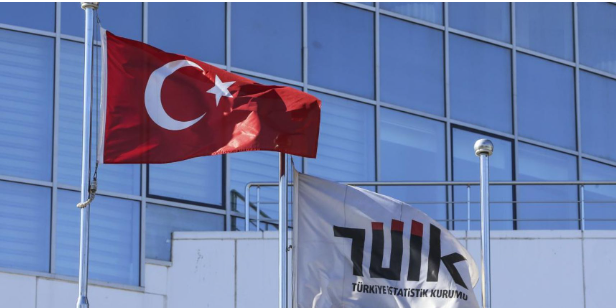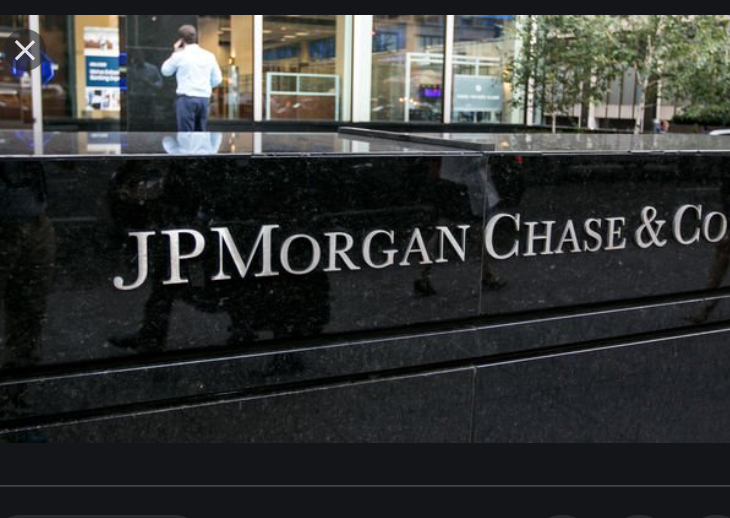JP Morgan Turkey strategy: Strong growth warrants tight policies
 jpmorgan
jpmorgan
Despite the lockdown and much slower loan growth, we have revised our 2021 growth forecast up to 6.1%
Inflation will likely remain sticky, leaving little room for imminent policy easing
Fiscal performance improves further
External financing needs remain high
Strong 1Q growth driven by robust private consumption encouraged us to revise our 2021 growth forecast to 6.1%. As has frequently been the case in recent years, Turkey’s growth surprised to the upside in the first quarter of this year. The 7.0%oya GDP growth print compared favorably with the 6.3% market consensus. The 7.2%q/q, saar growth in 1Q21 was even stronger than the 6.9% gain in 4Q20. True, higher interest rates and much slower loan growth will likely take their toll in the months ahead and the total lockdown introduced in May and the ongoing curfews on weekday evenings and Sundays will also be a drag.
However, high-frequency data show that the slowdown in economic activity has been quite mild.
More important has been the carryover from the strong performance in the last three quarters. As a result, we revised up our 2021 GDP growth forecast to 6.1% from 4.8%. Due to a stronger base and the risk of tight policies for longer, we marked down the 2022 growth forecast to 3.4% from 4.1%. Not surprisingly, the pace of vaccination and the resulting tourism performance remain the mainwild card.
Strong private consumption was the main factor behind the upside growth surprise in 1Q and this indeed increases the risk of stronger demand-pull price pressures.
It was quite surprise to see benign price data in an environment of strong domestic demand and elevated global commodity prices. Rather unexpectedly, annual inflation fell sharply to 16.6% in May from 17.1% in April.
This was, however, almost totally due to transitory factors (such as lockdown related weakness in clothing prices and the partial reflection of higher gasoline prices). Although higher interest rates and lower loan growth have started weakening domestic demand, the fundamental factors that have been pushing inflation are still largely in place.
The lira continues to depreciate and this along with elevated global commodity prices are leading to sharp increases in import prices.
Furthermore, pandemic-related restrictions have been causing supply constraints and aggravating the cost-led price pressures. This is vividly seen in the PPI data where annual inflation has reached 38%. Hence, despite the down side surprise, we kept our end-year inflation forecast unchanged at 13.4%. Persistent worsening in inflation expectations, further lira weakness and higher global commodity prices pose upside risks to the inflation forecast.
Premature easing could undermine already weak policy credibility and be counter-productive for the economic outlook.
Mainly due to continued cost-led pressures we expect inflation to remain consistently above the 16% mark until the last months of the year. This provides little room for policy easing in the immediate future. The CBRT has been increasingly vocal on the need for tight policies and the strong 1Q growth performance could reduce the need for and the risk of premature easing, in our view.
WATCH: Fate of TL, Interest Rates to be Set by Erdogan-Biden Meeting | Real Turkey
Such premature easing could easily hurt the ailing policy credibility, put pressure on the lira and hurt the disinflation process and could even be counter-productive for short[1]term growth prospects.
We see the first cut in September but forewarn that given President Erdogan’s reference to easing in the July/August period, the risk of an earlier cut is present.
The current account deficit started contracting and Turkish businesses have reduced their leverage but external debt repayments still remain high. We see the current account deficit narrowing to US$26 billion (3.4% of GDP) this year from US$37 billion (5.2% of GDP) in 2020. Furthermore, there has been a significant deleveraging by corporates in recent years.
WATCH: Devil’s Triangle in Turkey: Mafia-State-AKP | Real Turkey
The corporate sector reduced its FX borrowing from the banking system, which, in turn, was a net payer of foreign debt.
The short FX position of the corporate sector fell to US$158 billion from US$222 billion over the last two years. Importantly, the short term assets of the Turkish non-financial companies are US$21 billion more than their short-term liabilities, relieving concerns over roll-over problems.
However, Turkey’s total external debt maturing over the next twelve months still stands at US$185 billion and CBRT reserves look quite low. This makes the economy vulnerable to shifts in global risk appetite and leaves little room for policy mistakes.
Yarkin Cebeci, JP Morgan
Excerpt from Emerging Markets Outlook and Strategy
Follow our English language YouTube videos @ REAL TURKEY: https://www.youtube.com/channel/UCKpFJB4GFiNkhmpVZQ_d9Rg
And content at Twitter: @AtillaEng
Facebook: Real Turkey Channel: https://www.facebook.com/realturkeychannel/





